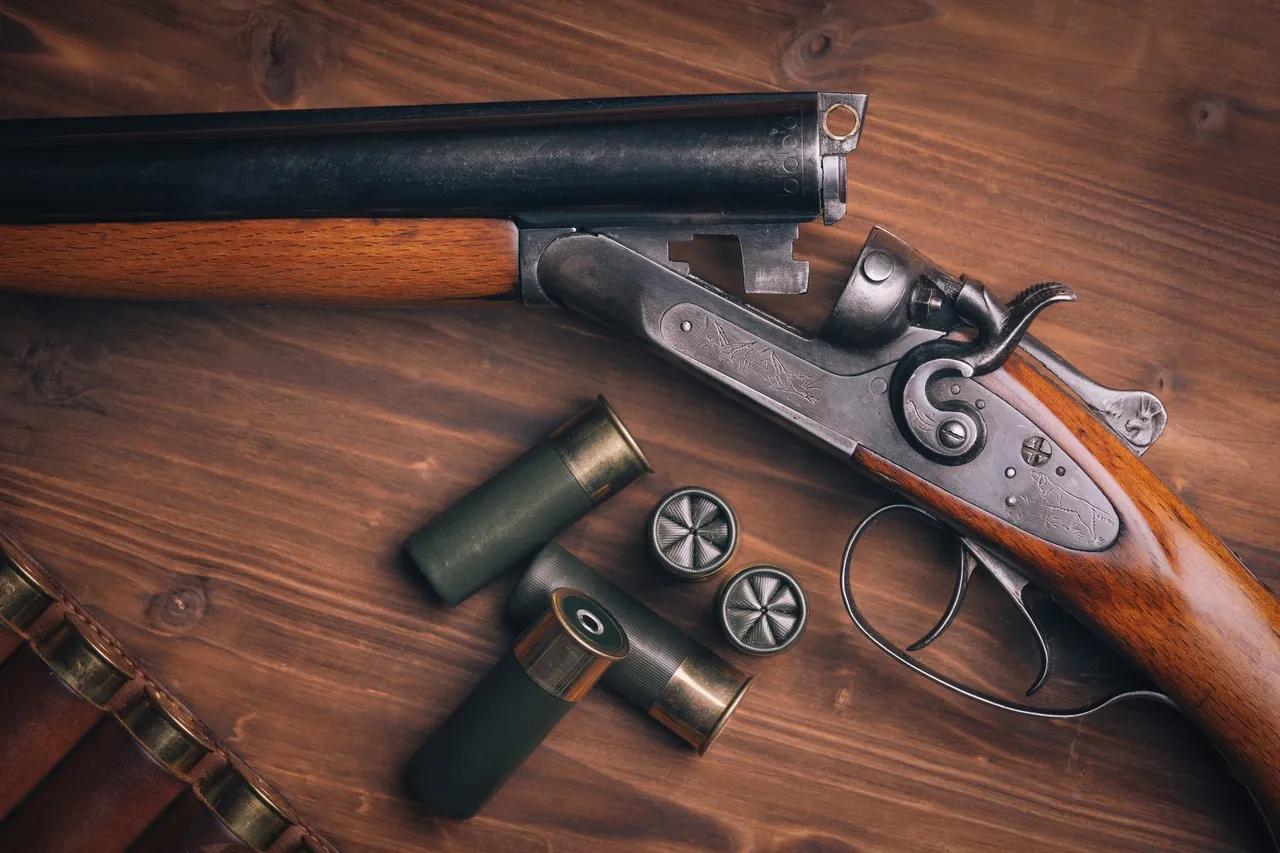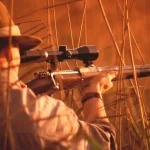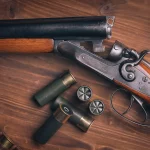Understanding Firearms Storage Regulations in Canada
Canada has a long history of responsible firearm ownership and a robust system of regulations in place to ensure the safety of its citizens. One crucial aspect of firearm ownership is the proper storage of firearms. In this blog post, we will delve into the essential regulations and guidelines governing firearms storage in Canada. Understanding and adhering to these regulations is vital for both firearm owners and the community at large.
The Importance of Proper Firearm Storage
Firearms are tools that require careful handling and secure storage. Proper storage is essential for several reasons:
- Safety: Ensuring firearms are stored safely helps prevent accidents and unauthorized access, reducing the risk of injury or death.
- Crime Prevention: Proper storage makes it difficult for thieves to steal firearms, which could be used in criminal activities.
- Compliance: Adhering to storage regulations is a legal requirement in Canada. Non-compliance can lead to legal consequences, including criminal charges.
- Community Trust: Responsible firearm ownership fosters trust and goodwill within the community, helping to maintain a positive image of firearms in society.
Firearm Categories
In Canada, firearms are divided into three categories based on their legal requirements for storage:
- Non-Restricted Firearms: These include most long guns, such as rifles and shotguns.
- Restricted Firearms: This category includes handguns and certain semi-automatic firearms.
- Prohibited Firearms: These are firearms the government has deemed too dangerous for civilian use and are generally illegal to own, although some have been grandfathered.
Secure Storage Devices
To comply with storage regulations, firearm owners must use secure storage devices. These include:
- Locking Containers: Lockable gun cases, cabinets, or safes designed for firearms storage are essential. They should be made of durable materials and have secure locking mechanisms.
- Trigger Locks: Trigger locks are devices that prevent a firearm's trigger from being pulled.
- Cable Locks: Cable locks are flexible cables that can be threaded through the action of a firearm, preventing it from being loaded or fired. They are another layer of security in addition to locked storage.
Regular Inspection and Maintenance
Firearm owners are also responsible for regularly inspecting and maintaining their firearms and storage devices. This includes ensuring that locking mechanisms are functioning correctly and that firearms are in good working order. Routine maintenance helps prevent accidents and ensures that firearms are ready for safe use when needed.
Basic Storage Requirements
The Firearms Act, SC 1995, c 39 is the legislation which covers firearms in general in Canada, the regulation which storage falls under is Storage, Display, Transportation and Handling of Firearms by Individuals Regulations, SOR/98-209. When reading the regulation, we find that the basic requirements for storage are different for each classification of firearm. There may be circumstances where these requirements change, and that will be talked about in another post.
Storage of Non-Restricted Firearms
According to the regulations, non-restricted firearms may be stored only if it is unloaded and must be either a) rendered inoperable by a secure locking device OR b) rendered inoperable by the removal of the bolt or bolt-carrier, OR c) stored in a container, receptacle or room that is kept securely locked and that is constructed so that it cannot readily be broken open or into, AND it is not readily accessible to ammunition, UNLESS the ammunition is stored, together with OR separately from the firearm, in a container or receptacle that is kept securely locked and that is constructed so that it cannot readily be broken open or into.
Examples: a) you have a non-restricted firearm, you can store it in a safe, without a trigger lock, and with the ammunition OR b) you can have the ammunition locked up, and the gun on display with a trigger lock.
Storage of Restricted Firearms
Restricted firearms may only be stored if unloaded, AND either a) rendered inoperable by means of a trigger lock (or other secure locking mechanism) and secured in a container, receptacle, or room that is kept securely locked and cannot be easily broken into OR b) stored in a vault, safe or room that has been specifically constructed or modified for the secure storage of restricted firearms and that is kept securely locked AND it is not readily accessible to ammunition UNLESS it is stored securely, with or separately from, the firearm, in either a) a container or receptacle that is kept securely locked and that is constructed so that it cannot readily be broken open or into, OR b) a vault, safe or room that has been specifically constructed or modified for the secure storage of restricted firearms and that is kept securely locked.
Examples: a) You have a handgun, you can store it in a safe specifically made for the secure storage of firearms, without a trigger lock, and you can store it with the ammunition, this is legal. b) You have a handgun, you can store it in a container, but it must have a trigger lock (or other locking mechanism), and the container must be securely locked, and the ammunition can be stored with it or separately.
Storage of Prohibited Firearms
Storage of prohibited firearms really is the same as restricted, save for automatics. Automatics must, if stored in a container not meant for the secure storage of firearms, have not only a trigger lock, but also must have, if the firearm has a removable bolt or bolt carrier, the bolt or bolt carrier removed, and stored in a separate container or receptacle.
Example: You have an automatic firearm, you can store it in a securely locked case, with a trigger lock, and the bolt carrier removed, and stored in a separate container, with the ammunition stored with or separately from the firearm.
Canada's firearm storage regulations are designed to protect the safety of individuals and communities. Proper storage is a fundamental responsibility of firearm ownership and is essential for maintaining trust and compliance with the law. Understanding and following these regulations is not just a legal requirement; it's a vital step in promoting responsible firearm ownership in Canada. By adhering to these guidelines, firearm owners can contribute to a safer society for everyone.



